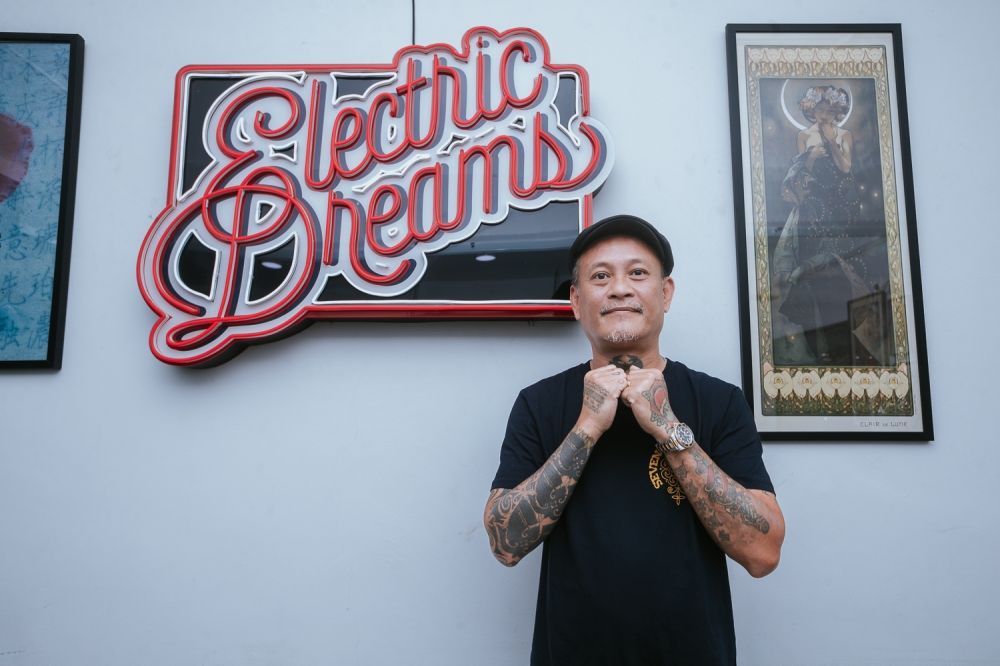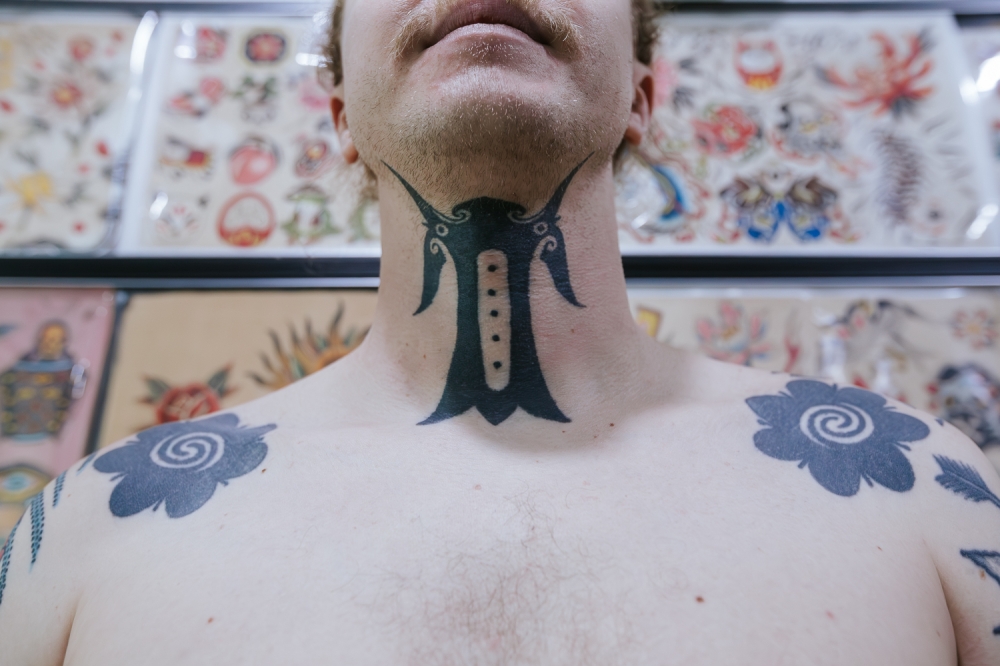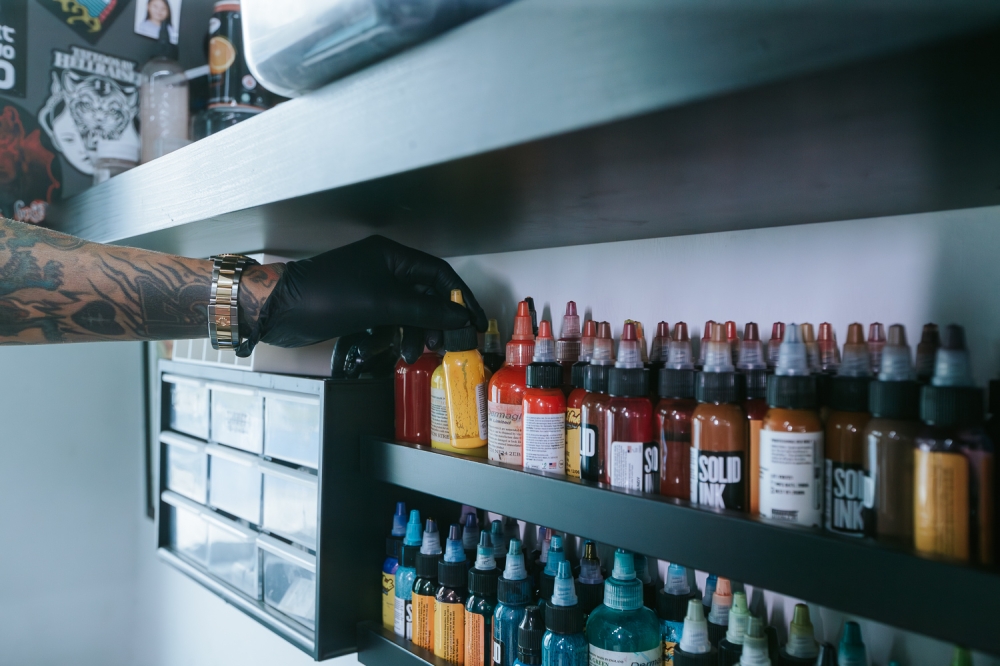KUALA LUMPUR, Oct 27 — A man’s worth is often measured by many things: his character, his wealth and sometimes, even by his looks.
In the Iban culture, a man’s stature is determined by the tattoos that he has on his body.
Upon reaching adulthood, an Iban man travels away from his village (a ritual called bejalai) and must acquire as many tattoos as possible before returning home.
The man with the most tattoos is hailed as the strongest and commands the respect of his community.
“It is a rite of passage that marks a man’s coming of age,” said Simon David, an award-winning tattoo artist with Iban origins from Sarawak.

“Tattoos are like passport stamps that document a man’s journey.
“They indicate that he has survived everything that life has thrown at him.
“The man with the most tattoos becomes the most-sought-after bachelor in the village and he gets to choose his bride," he said.
“But, if he just stays at home and gets tattoos for namesake, he will be teased and deemed as a lesser man.”
Traditionally, Iban tattoos are drawn with a thorn needle fitted to a small bamboo stick using ink made from soot and water.

An Iban man is required to get an ukir rekong (throat tattoo) or a pair of bunga terung tattoos on his shoulders first before pursuing other motifs.
The aesthetics did not matter much back then, as they do now.
“Since the men take turns to draw tattoos on each other, the lucky ones get the nicest tattoos.
“But, the best artist always ends up with the worst tattoos,” David quipped.
The Ibans, he said, also rewarded skilled women weavers with tattoos on their forearms as a mark of achievement.
Recalling a legend told by his elders at the longhouse, David explained that tattoos were once a means of self-defence for Iban men during a tribal war with the Kayans.

“Originally, the Kayan men drew tattoos on their body. During the war, the Iban men started doing the same and disguised as Kayan men to protect themselves.
“Eventually, the Kayan men stopped getting tattoos while the Ibans adopted and amplified the designs into bolder art forms,” he said.
According to some legends, David said certain Iban tattoos are believed to bestow supernatural powers, such as the kara jengkam (neck tattoo), which supposedly protects a person’s head from being decapitated.
David, who currently runs the Electric Dreams Tattoo Collective shop in Petaling Jaya, noted that Iban tattoo art has evolved beyond a cultural identity to a fashion statement, both at home and abroad.
“Many renowned foreign tattoo artists are actively learning and promoting this native art.
“And, with more youngsters following in their footsteps, I believe Iban tattoo art is in safe hands,” he said.






















